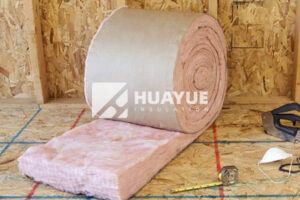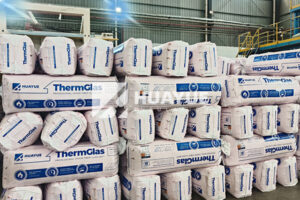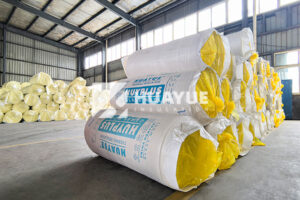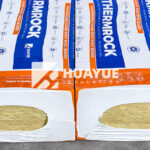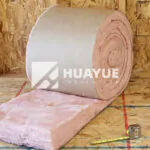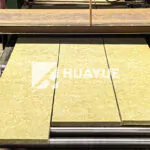Can I use batt insulation in an attic?
Struggling with high energy bills and uncomfortable rooms? Many homeowners wonder if batt insulation is the answer to attic woes.
Yes, you can use batt insulation in an attic. Batt insulation, made of fiberglass or mineral wool, is widely used to reduce heat transfer, improve energy efficiency, and control indoor temperatures. It fits easily between attic joists.

Some attics lose a lot of energy if they are not insulated right. Picking the best insulation affects your home’s comfort and cost. If you want to learn about using batt insulation in your attic, read on, I’ll show you what I’ve learned working with homes just like yours.
What makes batt insulation popular for attics?
People often look for easy ways to keep their attics warm in winter and cool in summer. High energy costs make good insulation more important each year.
Batt insulation is popular for attics because it is simple to install, affordable, and covers large areas quickly. This material comes in pre-cut panels that fit between attic floor joists or roof rafters, creating an effective thermal barrier.

Batt insulation comes in standard sizes. This makes it easy to lay down between framing without special tools. You can pick from different thicknesses and R-values to match your climate. It is easy for professionals and do-it-yourselfers to install. You can find it at most building supply stores. Below is a simple breakdown of the main types:
| Material | Common R-Value (per inch) | Fire Resistance | Ease of Handling | Cost |
|---|---|---|---|---|
| Fiberglass batt | 2.9–3.8 | Moderate | Itchy, but light | Low to Medium |
| Mineral wool | 3.0–3.3 | High | Denser, easy cut | Medium |
These panels are good for open attic floors. They suit homes with regular joist spacing. However, if your attic has lots of odd spaces or obstructions, other insulation types might be better.
Are there special considerations when using batt insulation in attics?
Some people find batt insulation easy to use, but they miss some key steps. That can make the insulation work worse than expected.
There are important installation rules when using batt insulation in attics. It must fit snugly with no gaps, voids, or compression. Gaps or loosely fitted insulation can lower the R-value and allow air leaks.
When I insulate attics, I always check the joist spacing first. The size and thickness of the batts should match exactly. Next, I make sure there are no gaps or compressed spots between the pieces. Batts that are too loose or squeezed into place lose their effectiveness. I often see homeowners rush and stuff extra insulation between rafters, but this rarely works.
Proper vapor barrier installation also matters. In some climates, a vapor retarder helps control moisture flow from the living area into the attic. If you install batts with a paper or foil facing, put the facing toward the heated part of your home.
Obstructions like pipes or wiring can make it hard to lay batts flat. In these areas, I cut the insulation to fit around the obstacles. I always avoid blocking attic ventilation, too—keep soffit vents clear so air can flow.
When should I choose a different insulation material for my attic?
Batt insulation is not always the best choice, especially if attics are oddly shaped or full of obstacles. The wrong insulation can waste time and money.
You should pick another type of insulation if your attic has uneven joist spacing, many obstructions, or very low headroom. Loose-fill or spray foam is better for attics with hard-to-reach corners or lots of tight spaces.
Loose-fill insulation, like fiberglass or cellulose, fills all the nooks and crannies that batts often miss. This material works well if you have many wires, pipes, or cross-bracing. Spray foam insulation creates an air-tight seal, which gives a higher R-value in thin layers. It also adds strength to roof systems.
| Attic Feature | Batt Insulation | Loose-fill | Spray Foam |
|---|---|---|---|
| Wide, regular joists | Yes | Yes | Yes |
| Many obstructions | No | Yes | Yes |
| Low headroom | No | Yes | Yes |
| DIY installation | Easy | Medium | Hard |
| Maximum R-value needed | No* | Yes | Yes |
*Batts stackable in layers, but usually loose-fill or foam is better for very high R-value needs.
I often choose batts for open, regular attics, but I switch to loose-fill or spray foam for older homes with uneven framing.
Conclusion
Batt insulation can work well in many attics, especially those with regular joists, but always match your choice to your attic’s structure and your comfort needs.
You may also be interested in:
Ready to Get Started?
Get in touch with our experts for personalized solutions tailored to your needs.
Get Free QuoteLatest Articles
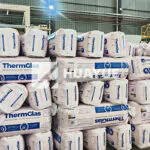
Glass Wool Fire Rating: How Safe Is Your Insulation?
Dec 25, 2025
Let's Work Together
Ready to take your business to the next level? Get in touch with our team of experts and let's discuss how we can help you achieve your goals.
Get Free Solutions
